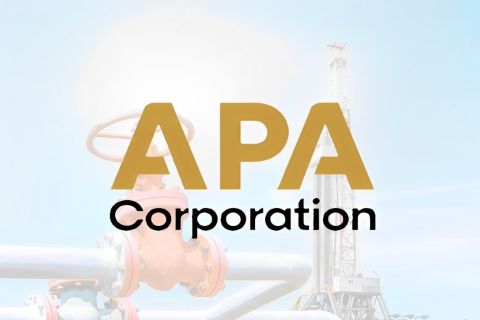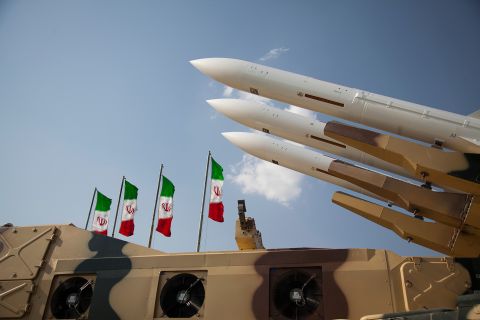?Yes, it seems preposterous. Would U.S. producers be allowed to export domestic natural gas production to the highest-paying market? This discussion surfaced in Louisiana recently at the annual Gulf Coast Prospect Expo. It makes business sense—send valuable gas to markets offering top dollar. Yet, allowing free trade of gas would be an issue of national security. It seems this would not be allowed by law, just as exporting U.S. oil production has been mostly prohibited.
So what is the law on exporting U.S. gas? A few investors have asked. It is commonly known that Mexico has been a net importer of U.S. gas—since 1990 by a U.S. Department of Energy count—as Mexico’s demand, particularly for power generation and industrial use, has outgrown its under-exploited indigenous supply. (Efforts to increase output there have been made through oilfield-service contracts, such as in the Burgos Basin just across the Texas border, but the basin’s huge resources remain under-tapped while Mexico forbids non-national ownership of its oil and gas reserves.)
For those who have asked, the answer is that it isn’t illegal. Here’s the word from the Department of Energy: “Under the authority of Section 3 of the Natural Gas Act, any party desiring to import or export natural gas or LNG into or out of the United States is required to first obtain authorization from the secretary of energy.” One criteria for a permit is that exporting the domestic resource is not “inconsistent with the public interest.”
The statement is part of a DOE announcement of its extension of a permit that allows ConocoPhillips Alaska Natural Gas Corp. and Marathon Oil Co. to export their excess Alaskan gas production for the next two years—totaling some 1 trillion cubic feet—as LNG from a Kenai facility for the highest price, oftentimes offered by Japan, along the Pacific Rim.
And, while U.S. gas can be exported, so can profits. Non-U.S. E&P companies are mostly active in the Gulf of Mexico only, with the exception of long-time non-native players Royal Dutch Shell and BP Plc. The news this week is that coming onshore the U.S. in a big way will be Norway’s StatoilHydro, which has entered a $3.4-billion joint venture with Oklahoma City-based Chesapeake Energy Corp. in one of America’s greatest gas prizes: the Appalachian Basin’s Marcellus shale.
Word in Houston has been that one or more major producers will pick up domestic gas assets as some U.S. independents may eventually meet with illiquidity, if drastically reduced commodity prices persist. It is noteworthy that the major most eager to have a piece of Chesapeake’s Marcellus prize is not U.S.-based.
What is the direction of domestic gas prices? While at the Rodman & Renshaw annual global investment conference this week in New York, Union Drilling Inc. chief executive Chris Strong made note of two trends. The U.S. count for rigs targeting gas resources has grown from 200 to 1,500 since 2002, but all of that effort has resulted in roughly the same amount of gas supply.
Some 6 trillion cubic feet of the 19 trillion of gas produced in the U.S. annually is now made from wells that have been producing less than one year, he says. If the gas-focused rig count falls by 400, as some industry analysts suggest, “you’re going to have a significant production impact fairly quickly,” Strong says.
A truism in the domestic gas business has been that the best cure for low gas prices is low gas prices. Efforts to ship U.S. gas abroad would certainly serve to heighten Americans’ awareness of the value of this national treasure. Or, when there is no rain for its hydropower-generation system, as was the case this year, will U.S. gas go there?
Recommended Reading
Texas LNG Export Plant Signs Additional Offtake Deal With EQT
2024-04-23 - Glenfarne Group LLC's proposed Texas LNG export plant in Brownsville has signed an additional tolling agreement with EQT Corp. to provide natural gas liquefaction services of an additional 1.5 mtpa over 20 years.
APA Corp. Latest E&P to Bow to Weak NatGas Prices, Curtail Volumes
2024-05-07 - APA Corp. plans to curtail gas and NGL production in the U.S. owing to weak Waha prices but remains confident it can deliver in the Permian Basin, CEO John Christmann said during a quarterly webcast with analysts.
Kissler: Mideast Tension Elevates Crude Prices—But for How Long?
2024-05-09 - Producers should be aggressive in locking in desirable crude oil prices on an abnormal market strength.
US Drillers Cut Oil, Gas Rigs for Third Week in a Row
2024-05-10 - Baker Hughes said oil rigs fell three to 496 this week, their lowest since November, while gas rigs rose one to 103.
The Secret to Record US Oil Output? Drilling Efficiencies—EIA
2024-03-06 - Advances in horizontal drilling and fracking technologies are yielding more efficient oil wells in the U.S. even as the rig count plummets, the Energy Information Administration reported.



